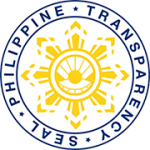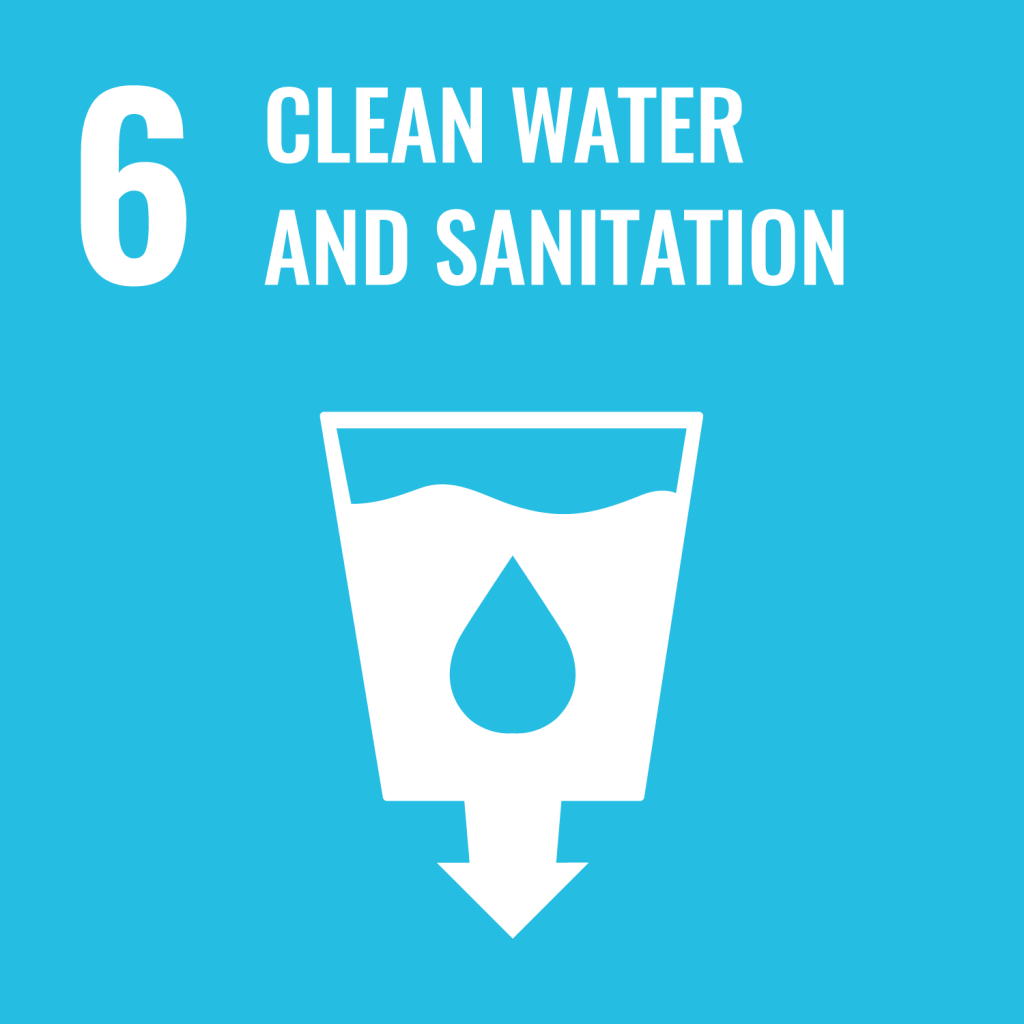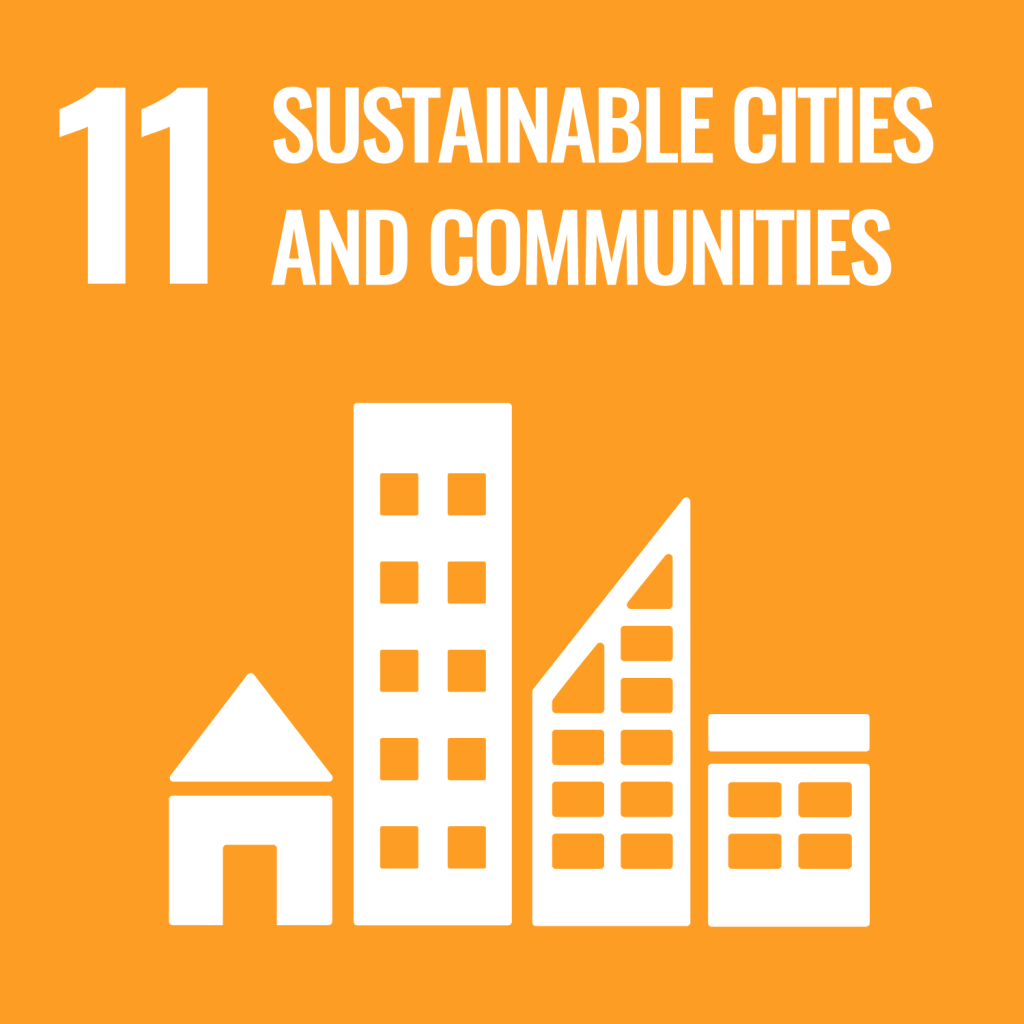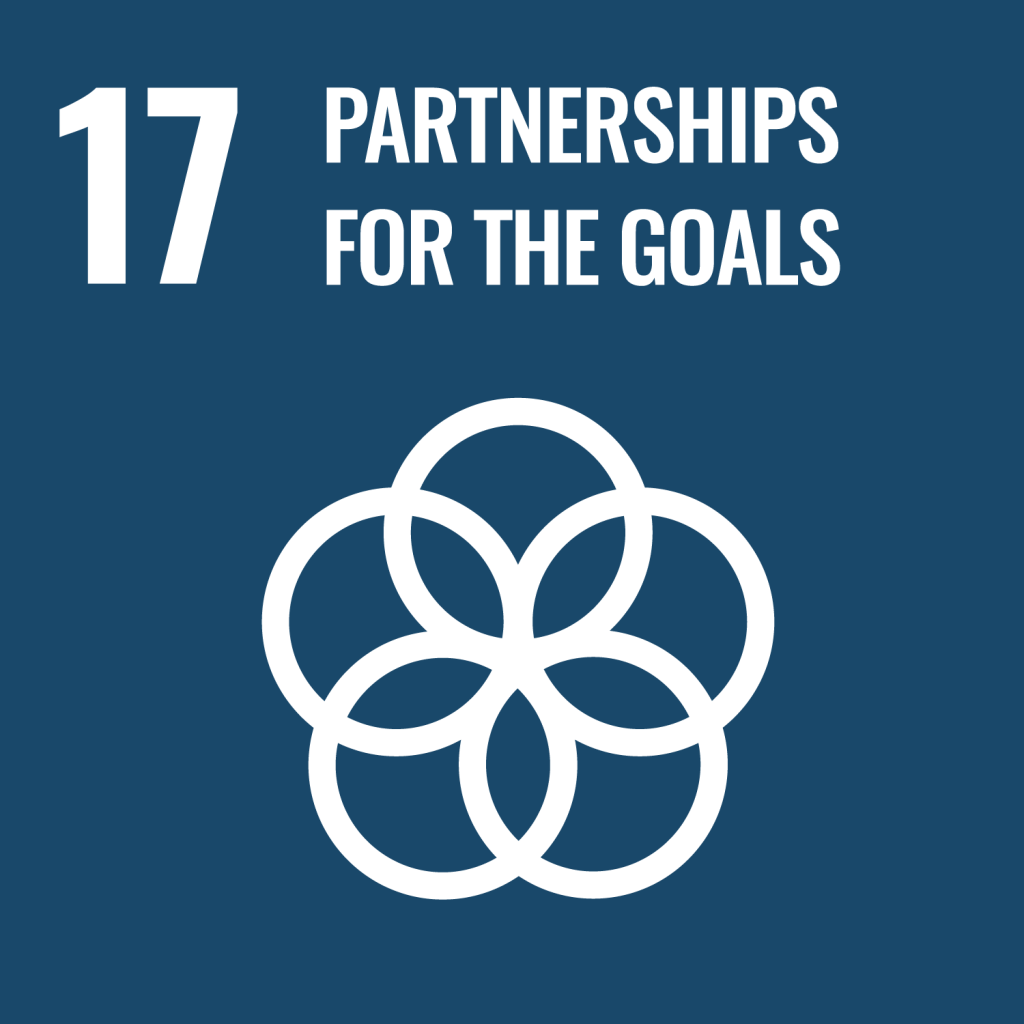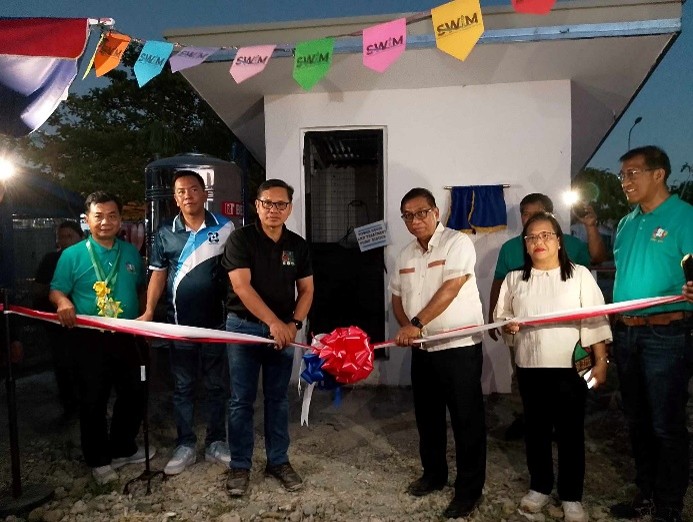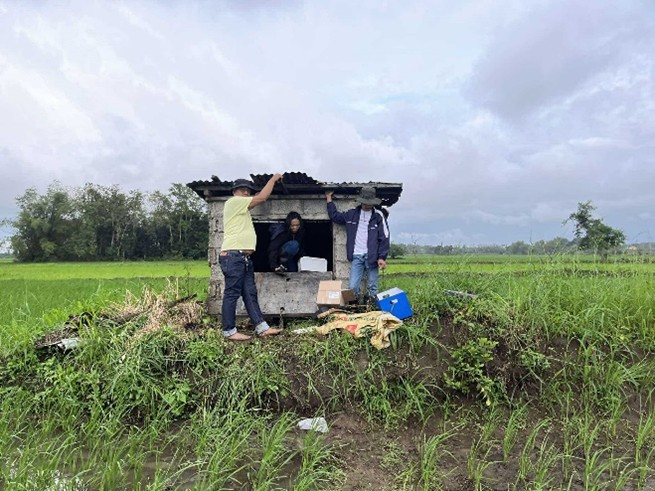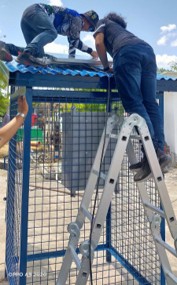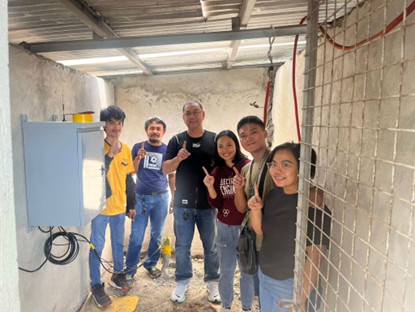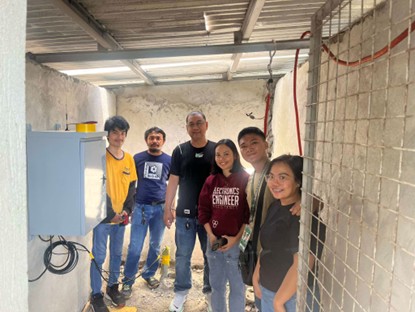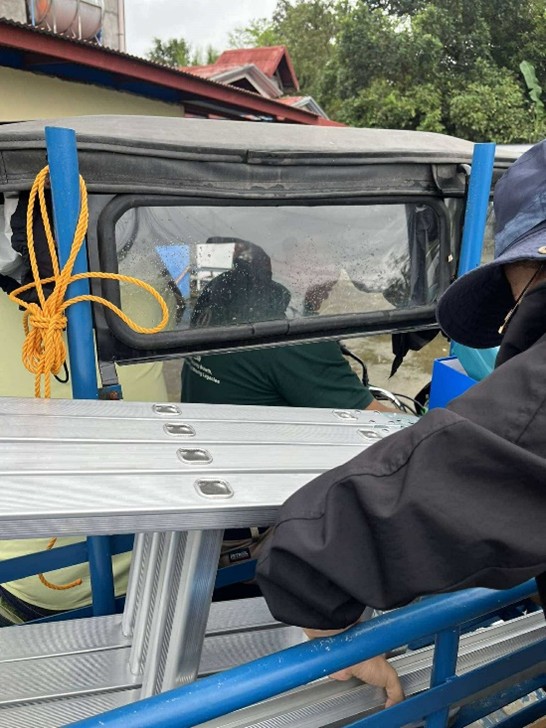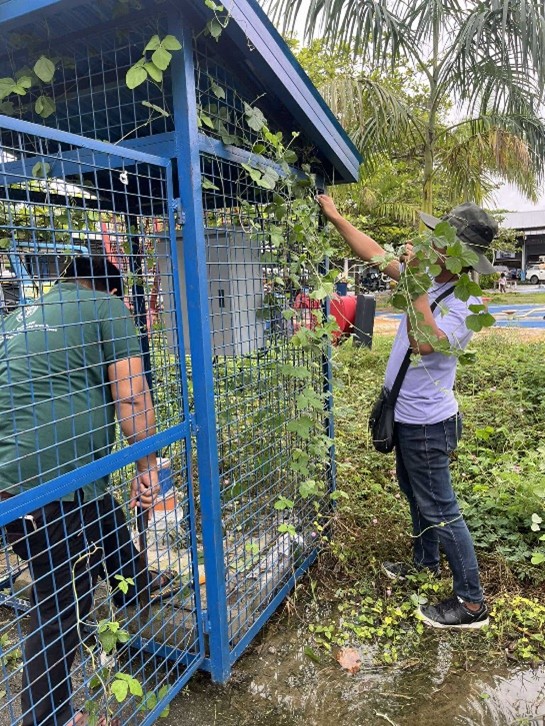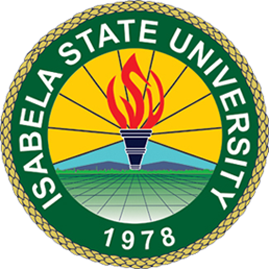In its effort to advance sustainable water resource management in the region, Isabela State University (ISU), through the Smart Water Infrastructure and Management (SWIM) R&D Center, has successfully installed Groundwater Monitoring Sensors in three (3) municipalities of Isabela, specifically, Cauayan City, Cordon, and Luna.
These installations form part of ISU’s ongoing initiative to utilize science and technology in support of climate resilience, sustainable resource utilization, and the data-driven management of groundwater systems across Region II.
The first groundwater monitoring sensor installation was completed in Cauayan City on April 12, 2024, by the SWIM technical team. The system, inaugurated the following day during the 2nd International Smart City Exposition and Networking Engagement (iSCENE 2024) alongside the SWIM Project 3 Stormwater Harvesting Facility, integrates solar power and IoT-based technology to monitor groundwater levels and quality. This initiative promotes sustainable water extraction by combining real-time monitoring with stormwater harvesting, reducing dependence on aquifers and supporting efficient water management both on and off campus.
Groundwater at Cauayan City, Isabela
In Cordon, Isabela, another sensor installation took place on September 25, 2024, under SWIM Project 1. The system, which includes sensors, batteries, and instrument housing, was set up to provide continuous monitoring of groundwater levels and quality. Local personnel received hands-on training for operation and maintenance to ensure sustained functionality. This initiative extends ISU’s water conservation efforts beyond campus by combining technology deployment with local capacity building, strengthening community-based groundwater management, and supporting sustainable water use.
Groundwater at Cordon, Isabela
The third installation was completed in Luna, Isabela, on December 11, 2024, led by the same technical team. The system was assembled and tested on-site to ensure efficient real-time monitoring of groundwater conditions. ISU also conducted training for local personnel on system operation, maintenance, and troubleshooting to ensure long-term sustainability. This collaboration integrates advanced monitoring technology with local water management to provide research-driven solutions on water security and governance.
Groundwater at Luna, Isabela
Through these installations, ISU and its SWIM Project partners reaffirm their dedication to supporting data-based groundwater monitoring and climate adaptation initiatives. These technologies enable local governments and communities to better understand groundwater behavior, optimize resource allocation, and mitigate the impacts of water scarcity and climate change.
The collaborative efforts among ISU, the Department of Science and Technology (DOST), and LGUs demonstrate a shared commitment to using innovation for sustainable development. By establishing a network of groundwater monitoring systems across key locations, ISU continues to lead research and technological initiatives that strengthen environmental stewardship and community resilience throughout the Cagayan Valley region.
Content and Photo Credits: Smart Water Infrastructure and Management (SWIM) R&D Center

